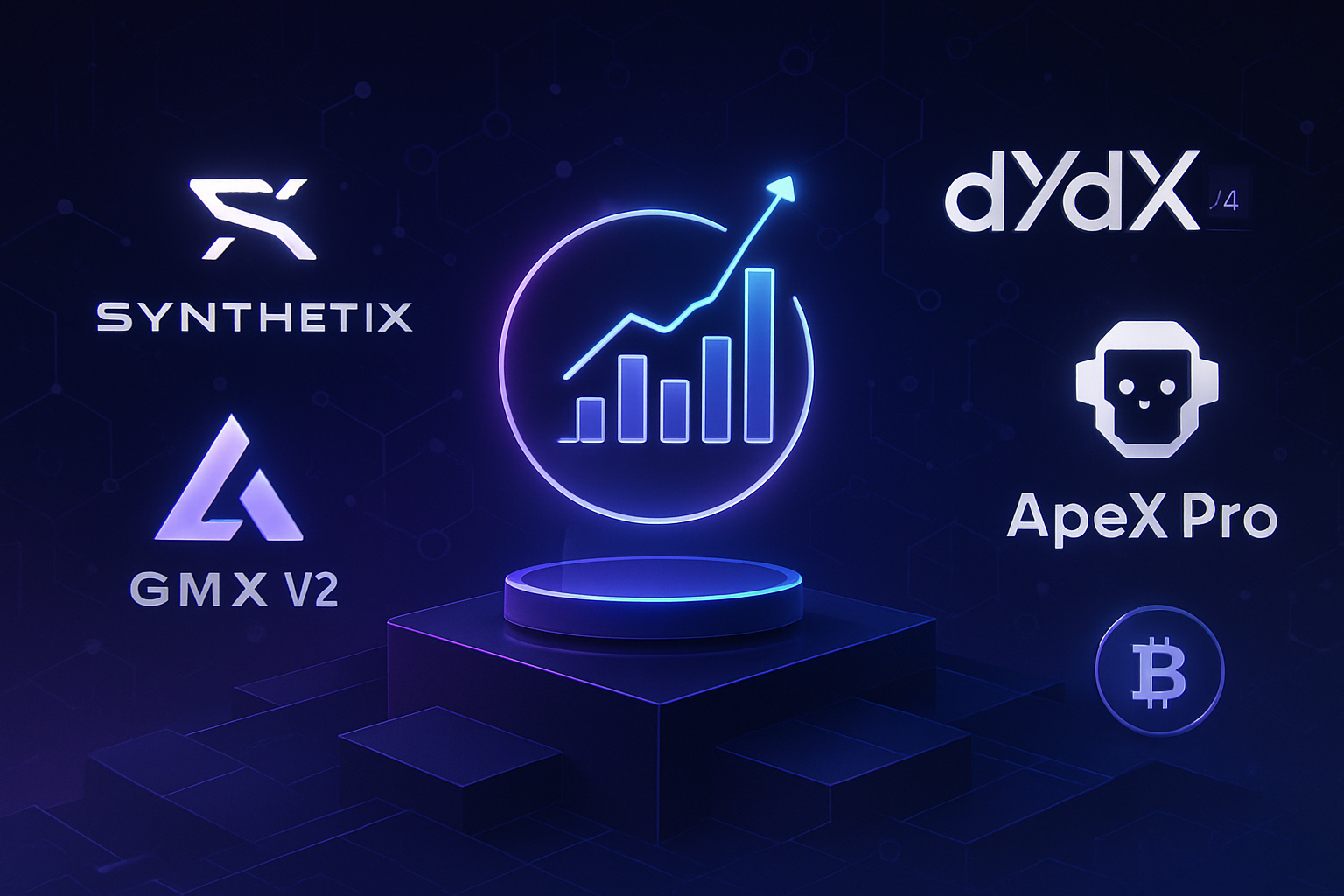
The perpetual DEX landscape has been fundamentally reshaped in 2025, as synthetic stock trading on decentralized exchanges moves from niche experiment to a core pillar of the DeFi economy. For macro-focused traders and crypto-native investors alike, the ability to access perpetual derivatives tracking equities like TSLA, AAPL, or the S and P 500 – all without touching a centralized intermediary – has unlocked new avenues for risk management and global exposure. But with a crowded field of platforms touting security, performance, and liquidity, which perpetual DEXs truly stand out for synthetic stocks in 2025?

Why Synthetic Stock Perpetuals Are Surging in 2025
Perpetual DEXs have crossed a critical threshold this year: monthly trading volume for perps hit $1.05 trillion for the first time in September 2025, up nearly 50% from August’s $707.6 billion. This surge is driven by two macro trends: regulatory pressure on centralized exchanges (CEXs) and relentless demand for around-the-clock equity exposure from a borderless user base. Synthetic stock perpetuals let traders speculate or hedge on US equities and global indices with leverage, deep liquidity, and non-custodial settlement – all while sidestepping traditional market hours and KYC requirements.
But not all perp DEXs are created equal when it comes to synthetic equities. The leaders combine on-chain transparency, robust risk engines, intuitive UX, and composability across DeFi protocols. Below we compare the top five platforms defining this new era.
The Top 5 Perpetual DEXs for Synthetic Stocks Trading
This curated list reflects the most advanced platforms offering synthetic stock perpetual contracts in 2025. Each is evaluated on liquidity depth, supported assets, leverage options, fee structure, security features, and overall innovation:
Comparison of Top Perpetual DEXs for Synthetic Stocks Trading in 2025
| Platform | Supported Equities | Max Leverage | Fees | Security |
|---|---|---|---|---|
| Synthetix Perps (via Kwenta) | Wide range of synthetic equities (e.g., TSLA, AAPL, AMZN) | Up to 50x | Low trading fees, typically 0.01%–0.10% per trade | On-chain settlement, audited smart contracts |
| dYdX v4 | Popular US and global equities (selection varies) | Up to 20x | Competitive, ~0.02%–0.05% per trade | Custom chain (Solana tech), robust security, insurance fund |
| GMX V2 | Limited synthetic equities (focus on major indices and blue chips) | Up to 100x | Low fees: 0.01%–0.05% per trade | Audited, decentralized protocol on Arbitrum & Avalanche |
| Hyperliquid | 130+ pairs including synthetic stocks and indices | Up to 50x | Very low fees: 0.01%–0.03% per trade | High-performance, on-chain, regular audits |
| ApeX Pro | Selective synthetic equities (expanding roster) | Up to 50x | 0.02%–0.10% per trade | Audited smart contracts, decentralized custody |
- Synthetix Perps (via Kwenta): As the original pioneer of on-chain synthetic assets, Synthetix’s Perps V3 system (primarily accessed through the Kwenta interface) continues to set standards for decentralized equity exposure. Traders gain access to a growing suite of US stocks and indices with up to 50x leverage. The protocol’s pooled liquidity model ensures minimal slippage even during volatile market events.
- dYdX v4: With its migration to an independent Cosmos-based chain leveraging Solana tech under the hood, dYdX v4 delivers institutional-grade order books and deep liquidity for synthetic equity pairs. Advanced order types (stop-losses/conditional orders), up to 20x leverage on select stocks like TSLA or AMZN perps, and robust risk controls make it a favorite among professional DeFi traders.
- GMX V2: GMX’s second iteration brings significant upgrades including multi-asset collateral pools (GLP), lower fees (<0.1% per trade), and support for both crypto majors and select equity synthetics. Operating on Arbitrum and Avalanche L2s ensures fast execution with minimal gas costs - crucial for active traders seeking high-frequency strategies.
- Hyperliquid: Arbitrum-native Hyperliquid has captured headlines with its sub-second execution times rivaling CEX performance. With over $254.81 billion in monthly volume as of October 2025 – highest among pure-play perp DEXs – it supports a broad menu of synthetic stocks alongside crypto pairs. Its transparent insurance fund model adds an extra layer of trader confidence.
- ApeX Pro: ApeX Pro distinguishes itself via aggressive fee rebates and innovative social trading features tailored to retail users entering the world of equity perps. Built atop Ethereum Layer-2 scaling solutions for speed/cost efficiency, ApeX Pro supports dozens of blue-chip US stocks with up to 30x leverage.
Security Features: What Sets These Platforms Apart?
The collapse of several high-profile CEXs in recent years has made security architecture paramount when choosing a perp DEX for synthetic stocks trading.
– Synthetix Perps: Employs battle-tested smart contracts audited by leading firms; all positions are transparently collateralized. – dYdX v4: Utilizes its own sovereign chain with decentralized validators; supports self-custody wallets only. – GMX V2 and Hyperliquid: Both deploy layered insurance funds that automatically compensate users in case of protocol insolvency or oracle failure. – ApeX Pro: Integrates MPC wallet tech plus regular bug bounty programs to minimize attack surfaces. For more details on how these platforms compare by security framework and fee structures see our dedicated guide: Best Perpetual DEXs For Synthetic Stock Trading: Features and Security Compared.
The Macro View: Decentralized Equities Are Here To Stay
This rapid evolution is not just about technology – it’s about democratizing access to global markets previously gated behind Wall Street rails. As we enter late 2025 with decentralized perps eating into CEX market share at an unprecedented pace (DEX-to-CEX futures ratio now at record highs), expect further innovation at the intersection of TradFi assets and DeFi rails.
Looking at the metrics, Hyperliquid stands out as the volume leader, but each of these top five DEXs brings a unique edge to the table. The diversity of supported equities, leverage profiles, and approaches to risk management means that traders can tailor their strategies to market conditions and personal risk tolerance. For instance, Synthetix Perps (via Kwenta) is ideal for those prioritizing composability and transparency, while GMX V2’s ultra-low fees and multi-asset collateral pools attract high-frequency traders seeking capital efficiency.
Top 5 Perpetual DEXs for Synthetic Stock Trading in 2025
-
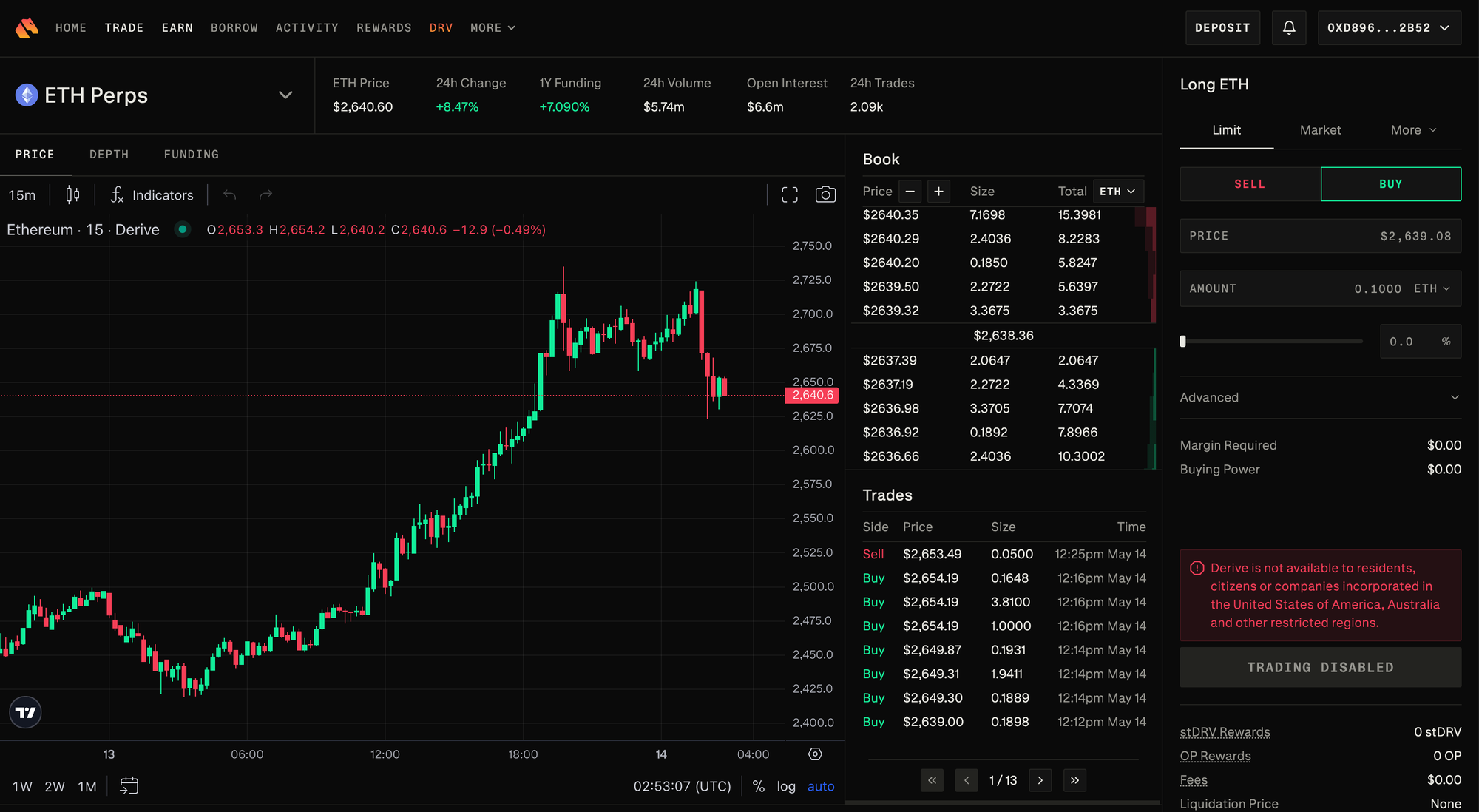
Synthetix Perps (via Kwenta): Synthetix Perps, accessed through Kwenta, remains a leader in synthetic stock trading. It offers deep liquidity for a wide range of synthetic assets, including equities, with decentralized price feeds and low slippage. Kwenta’s intuitive interface and robust risk management tools make it a favorite for both new and professional traders seeking exposure to synthetic stocks.
-
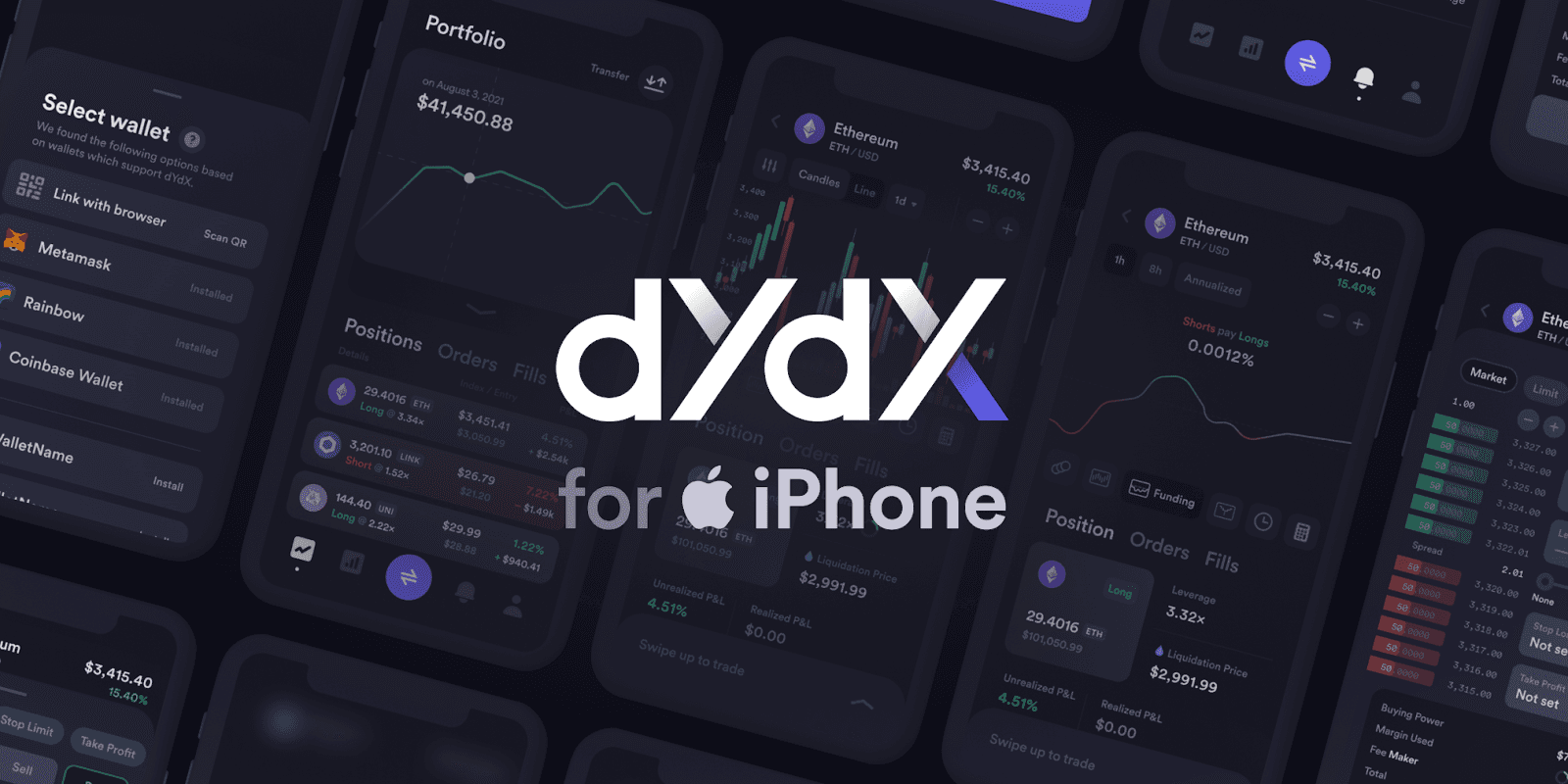
dYdX v4: dYdX v4 stands out for its professional-grade perpetual trading experience. Built on its own chain leveraging Solana technology, it provides deep liquidity, advanced order types, and up to 20x leverage on synthetic stock pairs. dYdX’s robust security and high throughput attract institutional and retail traders alike.
-
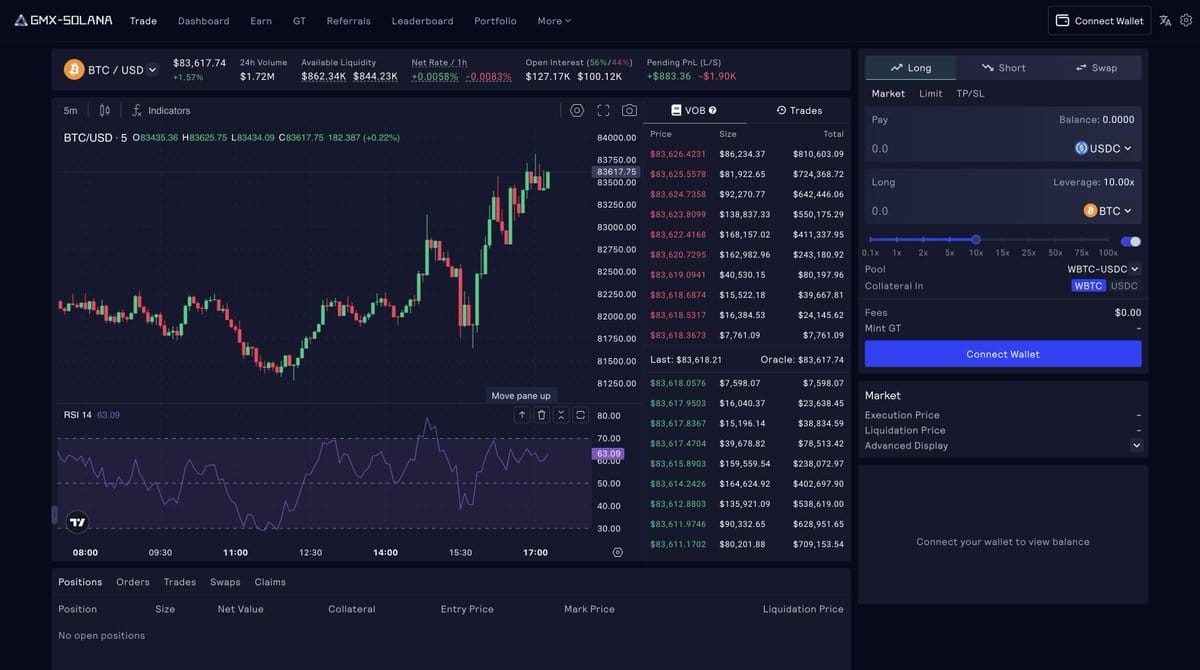
GMX V2: GMX V2 continues to innovate with support for synthetic equities, operating on Arbitrum and Avalanche. It offers up to 100x leverage, low trading fees, and its unique GLP liquidity pool model. GMX V2’s transparent on-chain execution and community-driven governance ensure reliability for synthetic stock traders.
-
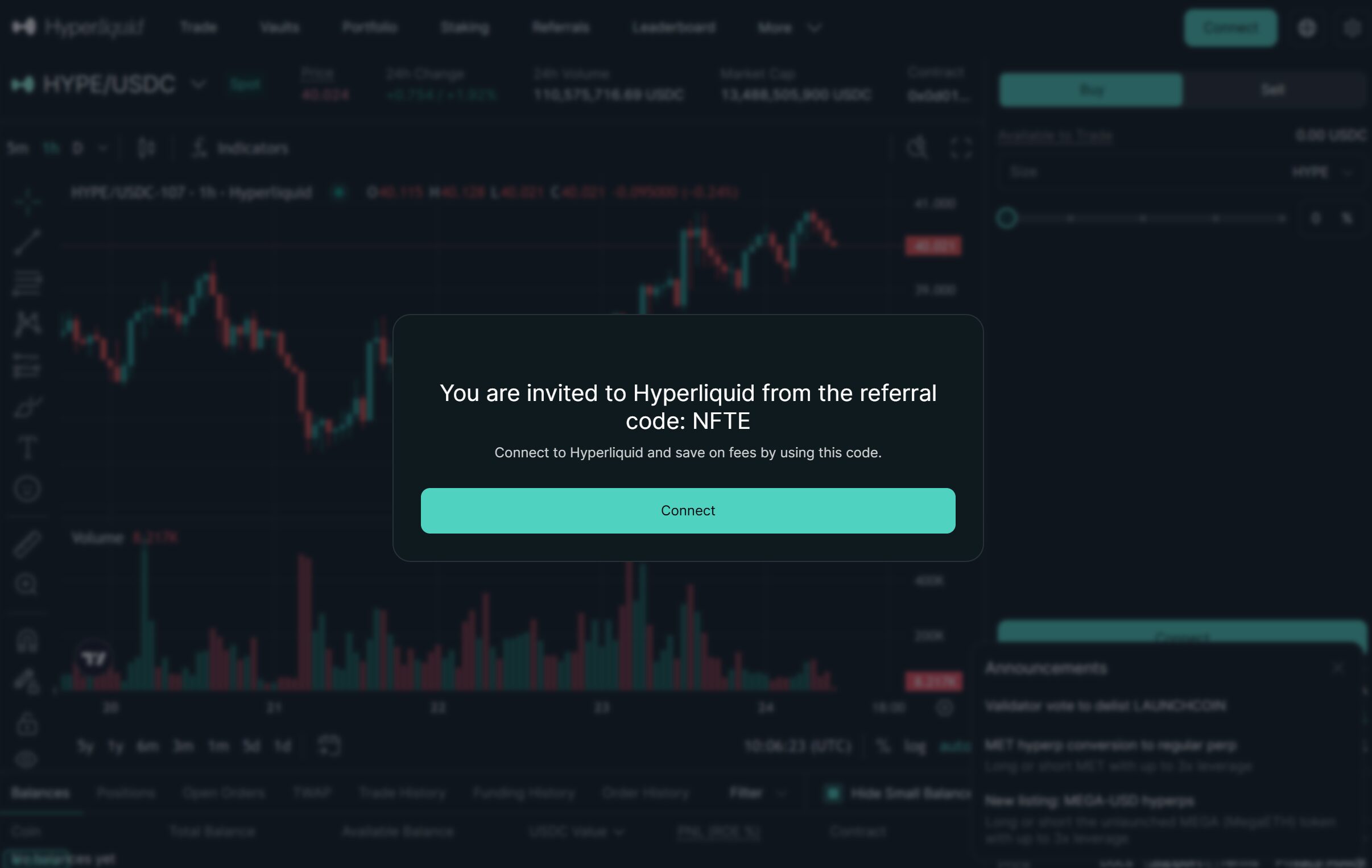
Hyperliquid: Hyperliquid leads the market with a 30-day trading volume of $254.81 billion and a cumulative volume of $1.58 trillion. Built on Arbitrum, it supports 130 trading pairs, offers sub-second execution times, and rivals centralized exchanges in performance. Its high-speed infrastructure and broad asset support make it a top choice for synthetic stock trading.
-

ApeX Pro: ApeX Pro delivers a seamless perpetual DEX experience with support for synthetic stock assets. It features decentralized order book trading, competitive fees, and advanced risk controls. ApeX Pro’s focus on user experience and security positions it as a strong contender for traders seeking decentralized exposure to equities.
dYdX v4 continues to be favored by sophisticated traders who value advanced order types and deep books, attributes that are crucial when trading synthetic stocks with tight spreads or during volatile macro events. Meanwhile, ApeX Pro has carved out a niche among retail users with its gamified interface and social trading modules, lowering the learning curve for newcomers entering perpetual stock derivatives for the first time.
Fee Structures and Trading Experience: What Traders Need to Know
Fee compression has been a defining theme in 2025. Platforms like GMX V2 now offer sub-0.1% per-trade fees on select pairs, while Hyperliquid’s dynamic maker-taker model rewards liquidity provision at scale. dYdX v4 remains competitive with tiered fee discounts for high-volume traders. Synthetix Perps leverages SNX staking incentives to offset costs for active users. For retail-focused platforms such as ApeX Pro, periodic fee rebates and trading competitions further sweeten the experience.
User experience has also seen dramatic improvement: fast on-chain execution (sub-second on Hyperliquid), seamless wallet integrations (ApeX Pro’s MPC support), and robust analytics dashboards are now standard expectations rather than luxuries. This convergence of performance and usability is rapidly closing the gap between decentralized platforms and their centralized counterparts.
Risks and Considerations When Trading Synthetic Stock Perpetuals
No matter how advanced perp DEXs become, risks remain inherent in synthetic stock trading, especially around oracle integrity, smart contract vulnerabilities, and liquidity fragmentation across chains. Traders should always audit platform documentation, monitor insurance fund health (as transparently published by GMX V2/Hyperliquid), and use test trades before deploying significant capital.
Another consideration is regulatory uncertainty around synthetic equity products in certain jurisdictions. While decentralization offers resilience against single points of failure or censorship, it does not guarantee immunity from future legal scrutiny. Staying informed about evolving frameworks is critical for anyone allocating meaningful size to these markets.
Where Next? The Future of Synthetic Stock Perpetual Trading Platforms
The next phase will likely see even greater interoperability between perp DEXs, think cross-margining between Synthetix Perps/Kwenta and dYdX v4 or shared liquidity rails linking Arbitrum-native platforms like Hyperliquid with Ethereum L2s like ApeX Pro. As more blue-chip equities get tokenized as synthetics, and as TradFi institutions cautiously enter DeFi rails, expect competition around security standards, fee innovation, and user-centric design to intensify further.
If you’re looking for detailed step-by-step guides on how to access these new perpetual equity markets or want deeper comparisons on features/fees/security frameworks across leading platforms, check out our resources here:
- Best Perpetual DEXs For Synthetic Stock Trading: Features and Security Compared
- How To Trade Perpetual Stock Futures On Decentralized Exchanges: A Complete Guide
- Synthetic Perp Stocks: How To Trade TSLA, AAPL And More With Leverage On DEXs
The bottom line? The top five perpetual DEXs profiled here have set a new bar for transparency, speed, security, and most importantly, democratized access to global equities via synthetic perps. As we head into 2026 with decentralized volumes at record highs and innovation cycles accelerating, staying agile across platforms will be key for anyone serious about capturing alpha in this rapidly evolving sector.






